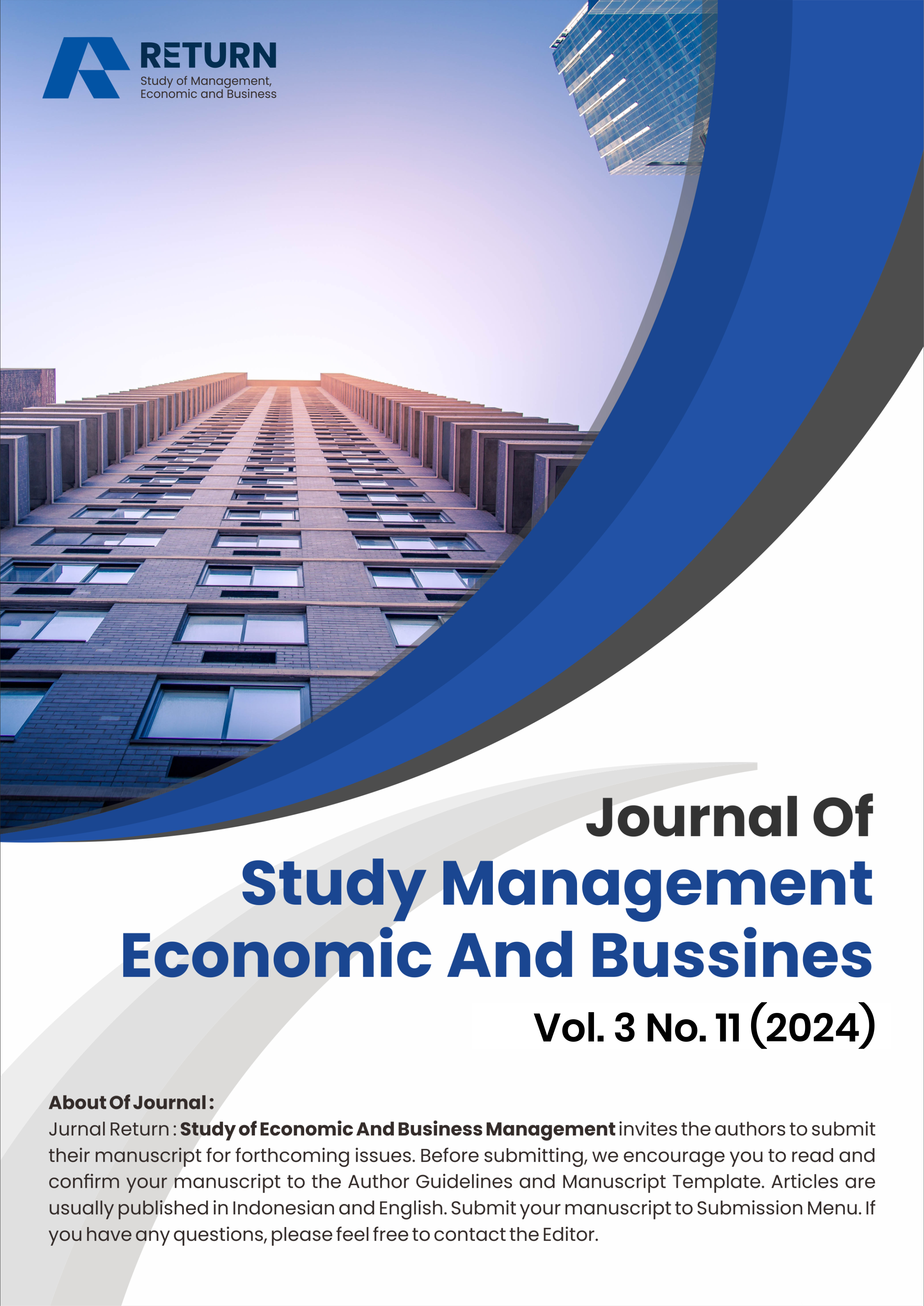Designing Strategies for Optimal ATM Placement Location Using Geospatial Methods and Consumer Transaction Behavior
DOI:
https://doi.org/10.57096/return.v3i11.292Keywords:
overlay technique;, spatial data;, transaction segmentation;, accessibility;, bank profitabilityAbstract
The rapid development of Automated Teller Machines (ATMs) necessitates strategic placement to address customer needs, bank business goals, and evolving transaction trends. This study integrates geospatial methods and consumer transaction behavior to identify optimal ATM locations. Geographic Information System (GIS) technology, with overlay techniques, is employed to analyze spatial data, segment transactions, and evaluate geocentricity. Data collection involves tabulation (population density, city infrastructure) and spatial sources (BPS, OJK, Open Street Map), which are digitized and analyzed using methods such as Analytical Hierarchy Process (AHP), Voronoi, and hexagonal tessellation. The results indicate that city centers with high accessibility and comprehensive facilities are optimal locations for ATM placement. Consumer behavior analysis shows preferences for ATMs that are easy to access, open 24 hours, and equipped with complete facilities. By combining GIS and customer behavior data, the study provides actionable insights for efficient ATM placement. This approach enhances banking services, increases profitability, and ensures the sustainability of ATMs amidst digital wallet competition. The findings offer practical guidelines for banks to optimize ATM deployment while addressing customer needs and reducing operational costs. These insights also highlight GIS technology's pivotal role in modern banking asset management.
Downloads
Published
Issue
Section
License
Copyright (c) 2024 Achmad Ramdani, Ari Setiawan

This work is licensed under a Creative Commons Attribution-ShareAlike 4.0 International License.














